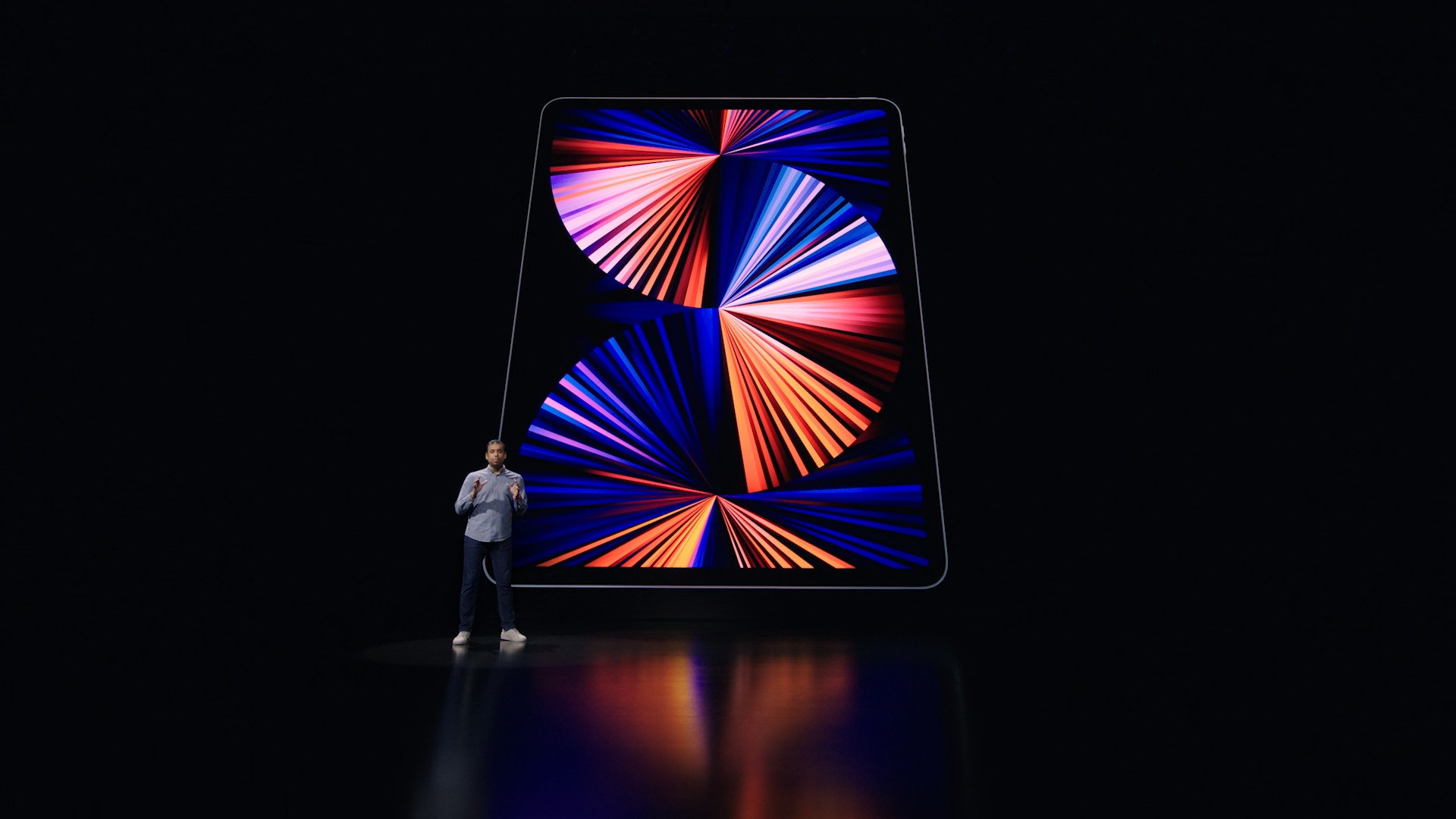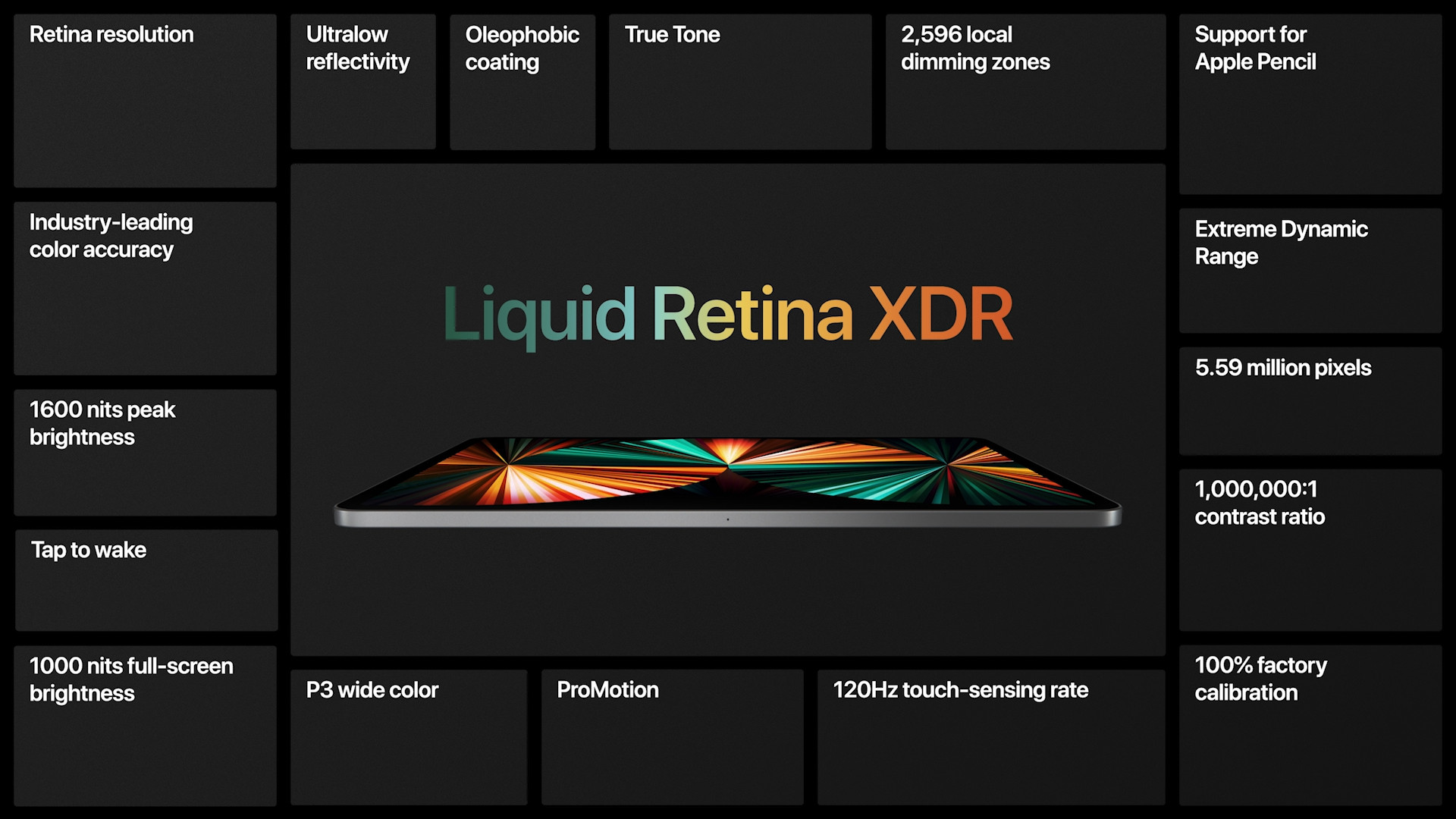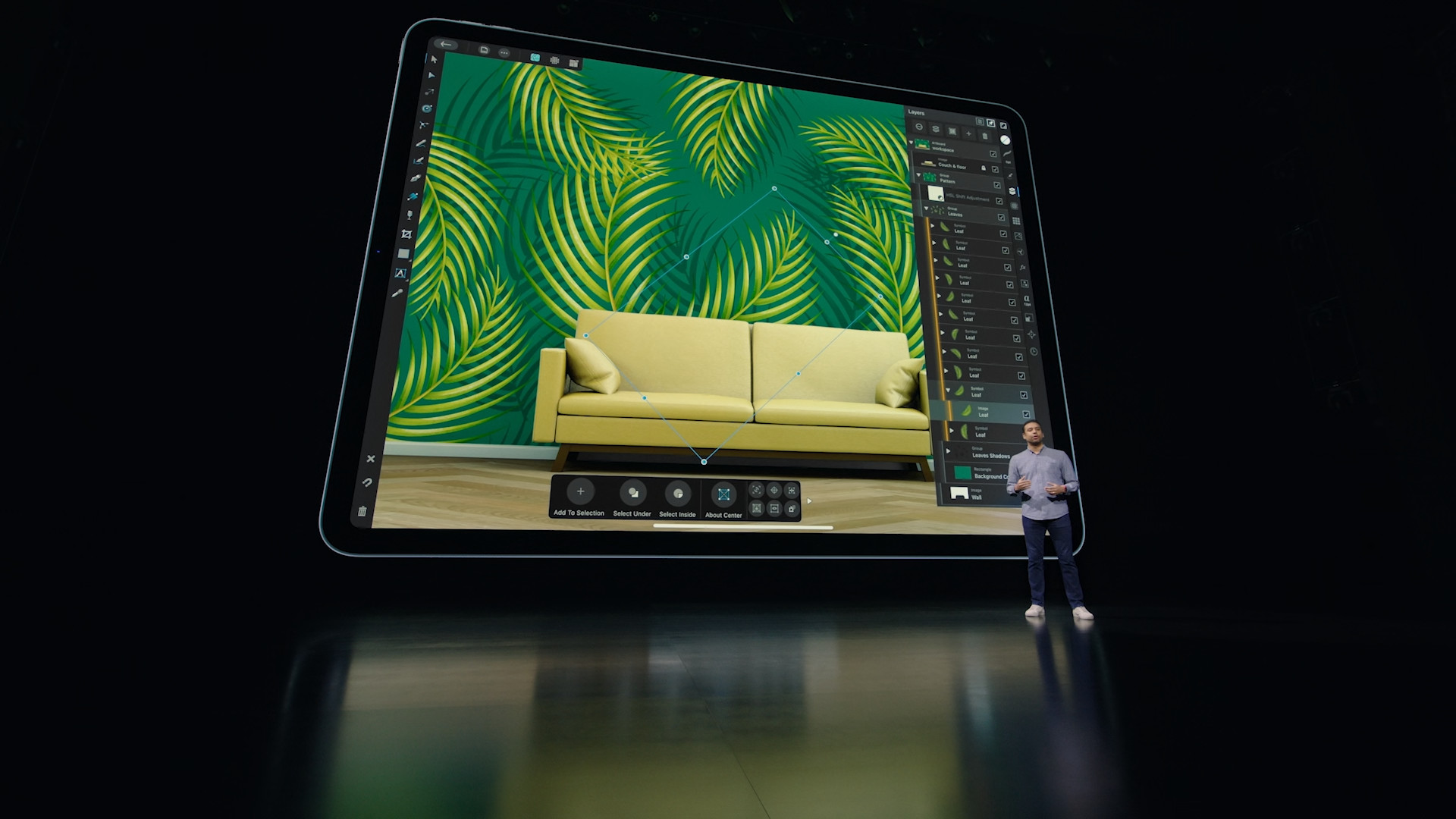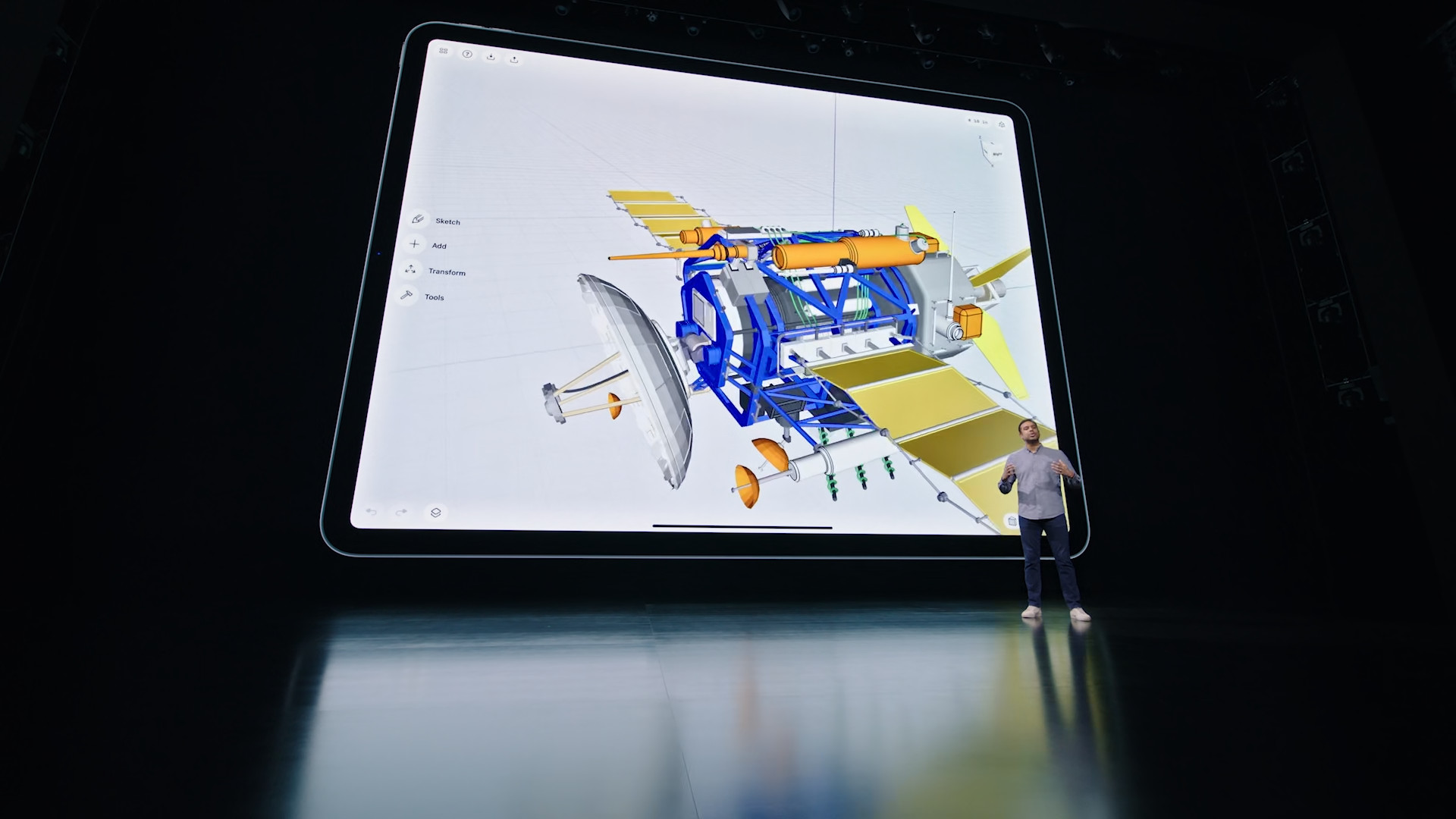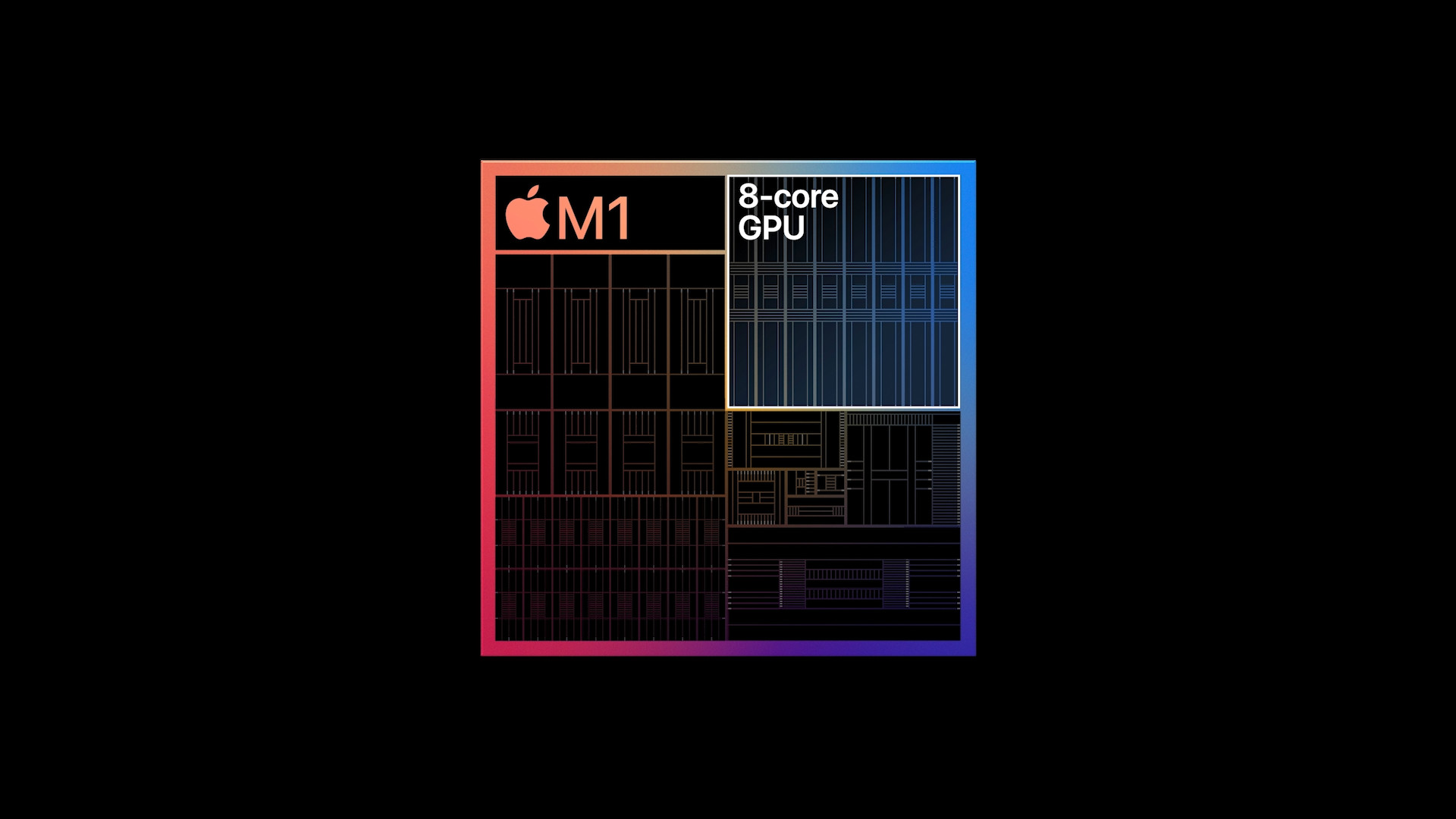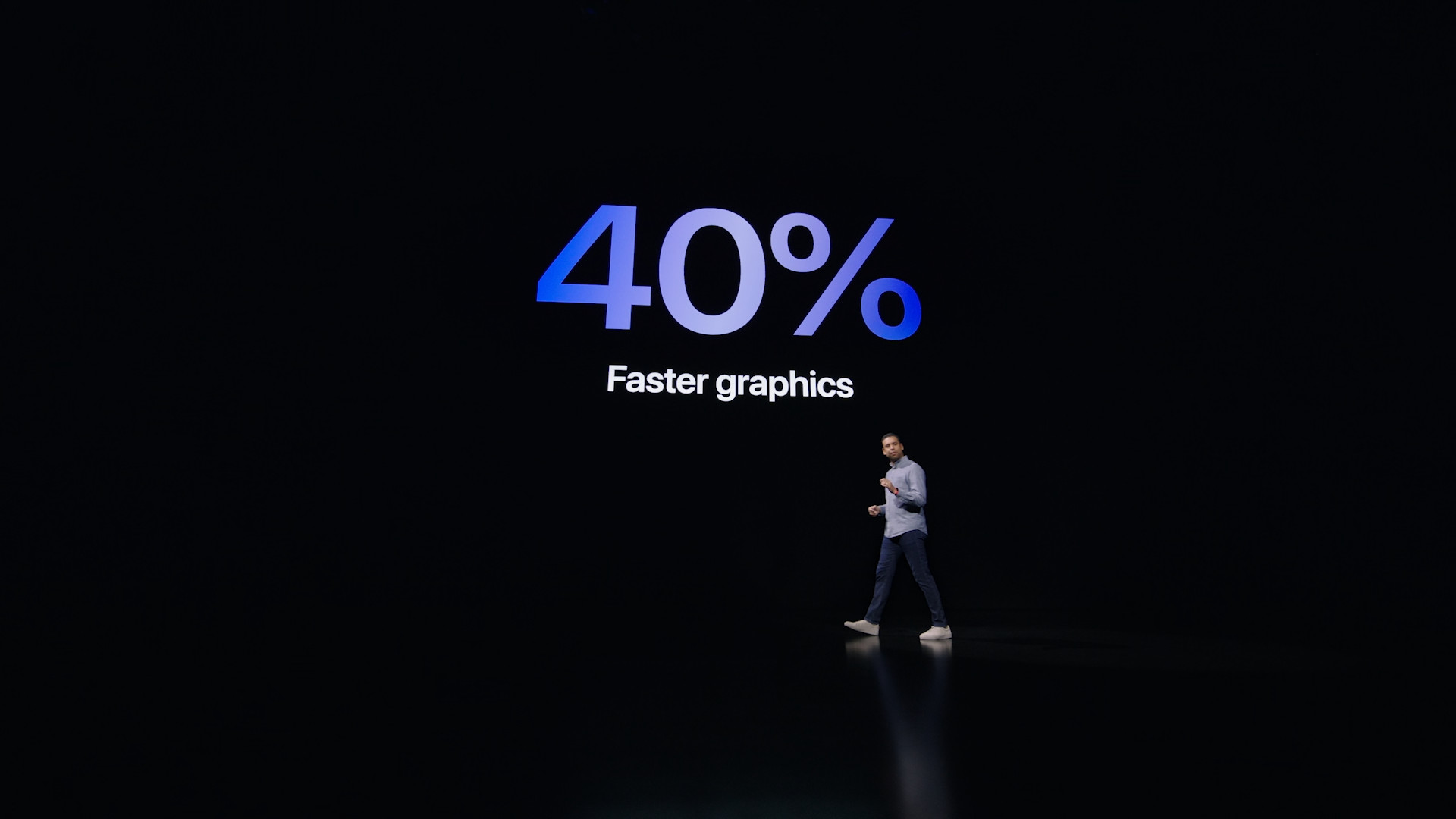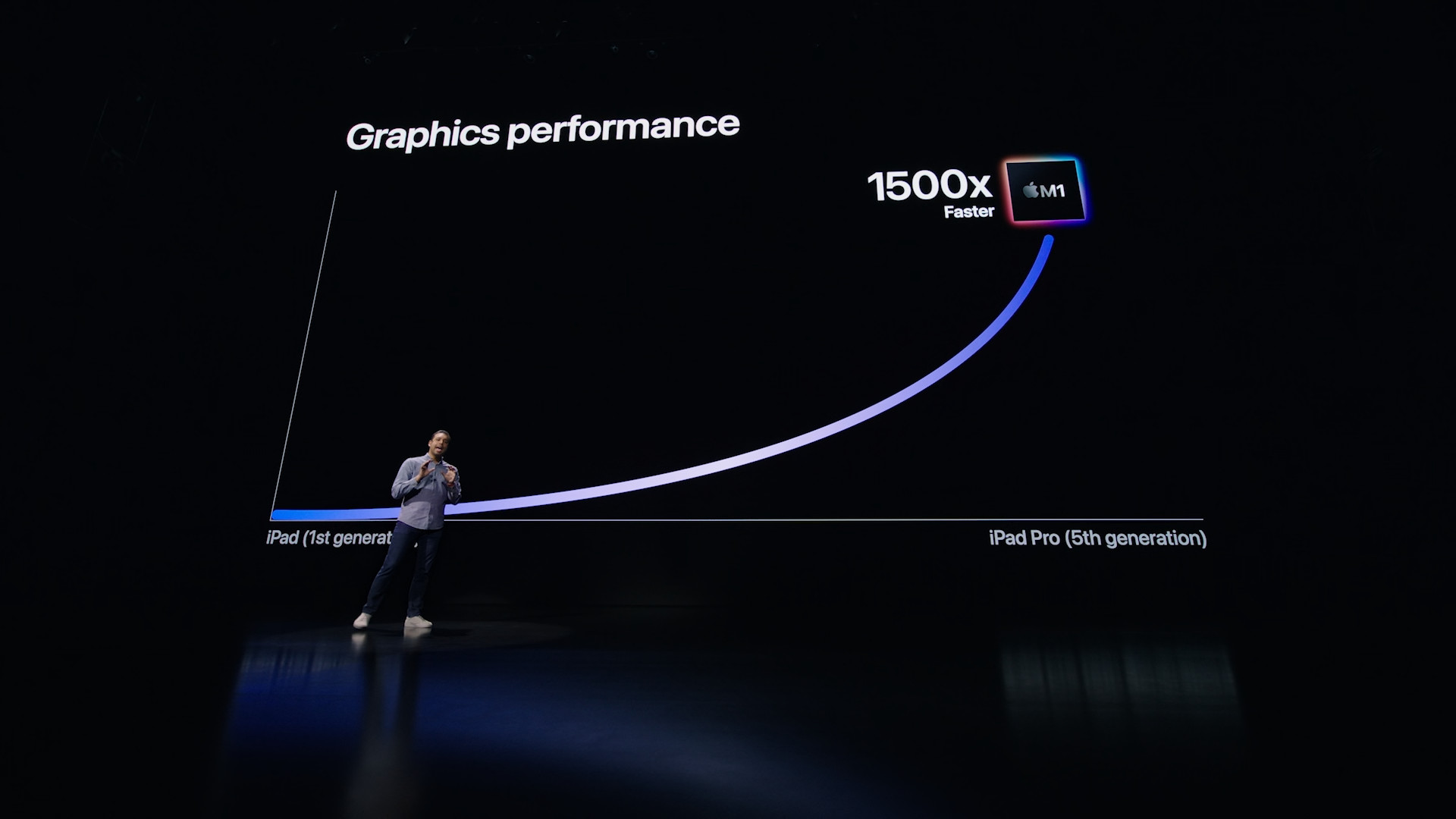Last year, Apple users saw a new generation of iPad Pro, which came with a number of interesting innovations. The biggest surprise was the use of the M1 chip, which until then only appeared in Macs with Apple Silicon, as well as the arrival of a Mini-LED screen in the case of the 12,9″ model. Despite this, they were completely identical devices, with the same chip or cameras. Apart from the size and battery life, the differences also appeared in the aforementioned display. Since then, there has often been speculation as to whether a smaller model will also receive a Mini-LED panel, which unfortunately is not entirely clear, on the contrary. Current speculation is that the more modern screen will remain exclusive to the 12,9″ iPad Pro. But why?
It could be interest you
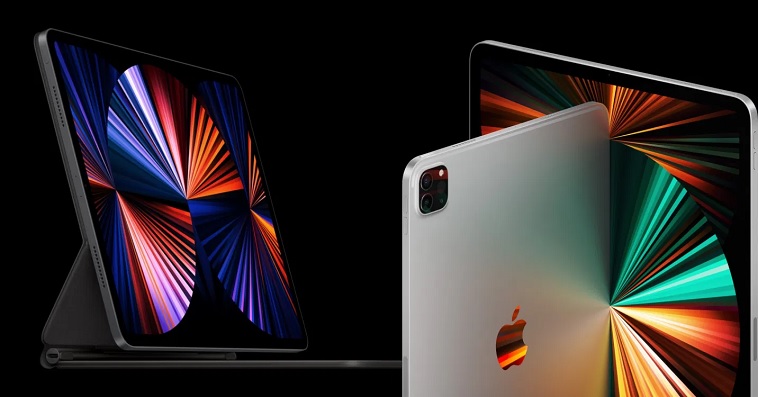
As already mentioned in the very introduction, in the world of Apple tablets, the deployment of OLED or Mini-LED panels for other models has been expected for a long time. For now, however, the situation does not indicate that. But let's stay specifically with the Pro models. Analyst Ross Young, who has been focusing on the world of displays and their technologies for a long time, also spoke about the fact that the 11″ model will continue to rely on the existing Liquid Retina display. He was joined by the most famous analyst ever, Ming-Chi Kuo, sharing the same opinion. However, it should be noted that it was Kuo who predicted the arrival of the Mini-LED display in the middle of last year.
Better portfolio allocation
At first glance, it seems quite logical that there would be no such differences between the iPad Pros. Apple users could thus choose from two popular sizes without having to take into account the fact that, for example, when choosing a more compact model, they lose a considerable part of the display quality. Apple is probably looking at this issue from the completely opposite side of the barricade. In the case of tablets, it is the display that is its most important part. With this division, the giant can theoretically convince a considerable number of potential customers to buy a larger model, which also gives them a better Mini-LED screen. Opinions have also appeared among Apple users that people who choose the 11″ model do not care about the quality of its display. But that is not entirely true.
It is necessary to realize a rather important thing. It is still a so-called Pro equipment achieving professional quality. From this point of view, this lack of it is rather sad. Especially when looking at the competition. For example, the Samsung Galaxy Tab S8+ or Galaxy Tab S8 Ultra offer OLED panels, but the basic version of the Galaxy Tab S8 only has an LTPS display.
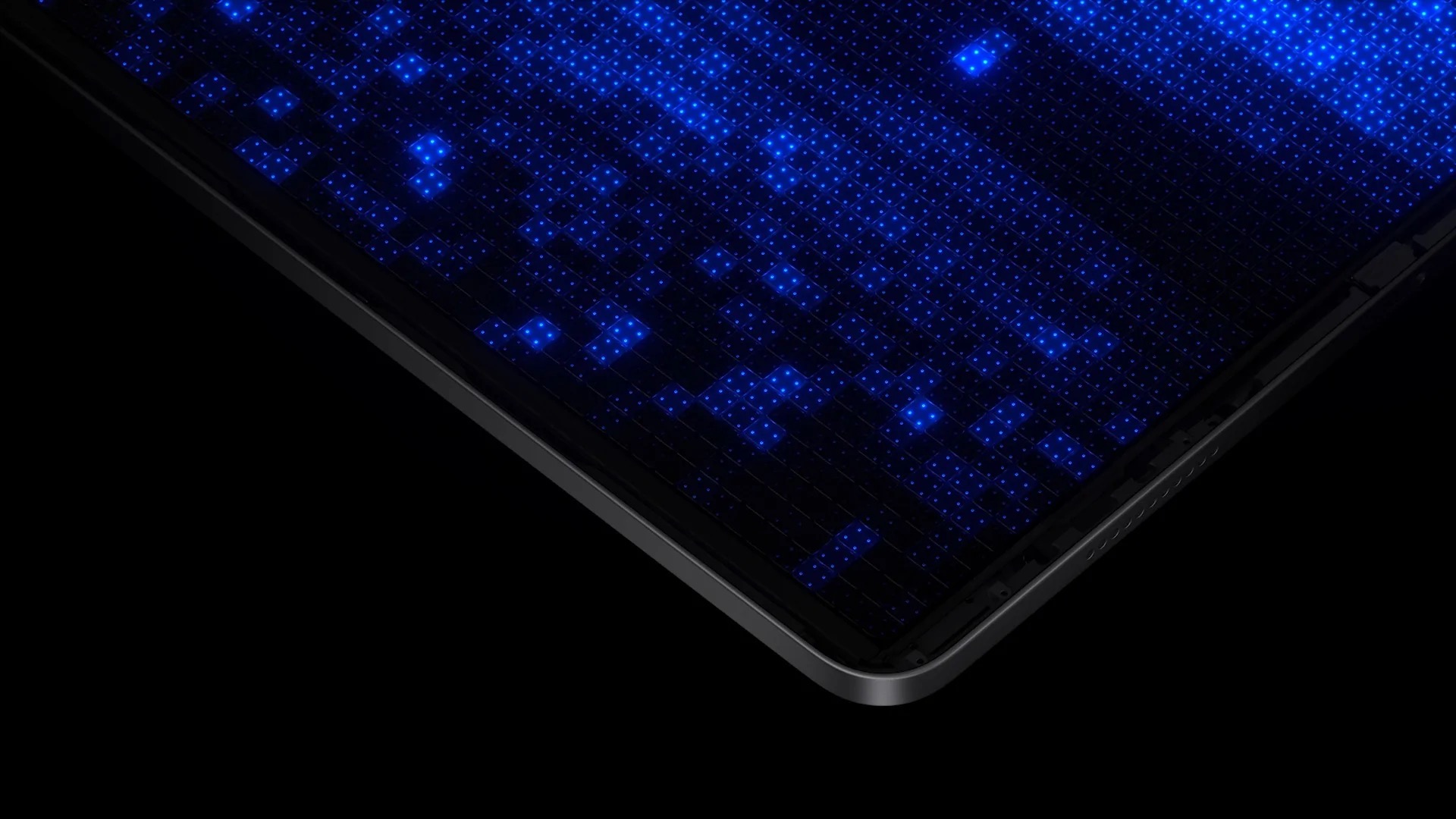
Will change ever come?
The near future of the 11″ iPad Pro does not exactly look rosy in terms of display. For the time being, experts tend to lean towards the side that the tablet will offer the same Liquid Retina display and will simply not reach the qualities of its larger sibling. Currently, we have nothing left but to hope that the possible wait for a change will not last forever. According to older speculations, Apple is toying with the idea of deploying an OLED panel, for example, in the iPad Air. However, such changes are not in sight for now.
It could be interest you
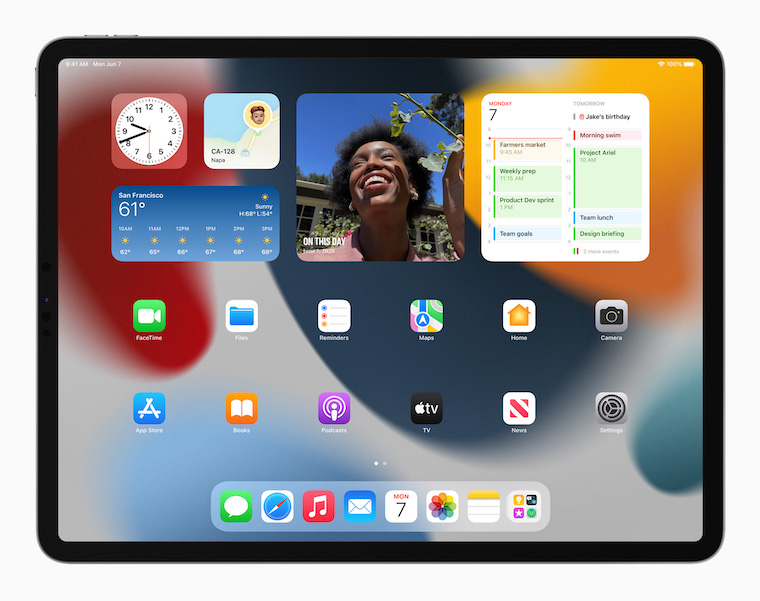
 Flying around the world with Apple
Flying around the world with Apple 